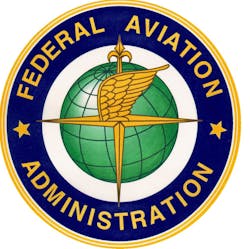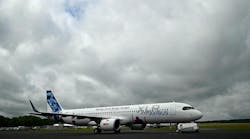The Federal Aviation Administration (FAA) is continuing to make progress in reforming its aircraft certification processes.
The agency expanded the use of independent groups of internal and external safety experts for certification projects such as commercial aircraft, smaller aircraft and drones. These reviews, called Technical Advisory Boards (TAB), help the FAA have a consistent and thorough approach for all aircraft certification projects.
The changes go beyond a key requirement of the Aircraft Certification, Safety, and Accountability Act. They will also:
- Promote establishing the TAB early in the certification process
- Specify different levels of TABs depending on the project scope and the risks the aircraft could pose when it enters into service.
During a TAB review, technical specialists, who are independent of a certification project they are reviewing, become familiar with the proposed design or design change, and how it will meet the FAA’s certification regulations.
TAB members focus on a big-picture view of the project. Depending on the level of review, their responsibilities could include:
- Identifying new technologies, designs or design features that could be catastrophic if they failed
- Determining whether FAA project specialists reviewed all major issues
- Determining whether similar systems have caused problems on other aircraft
- Determining whether the proper FAA offices were involved in the certification process
- Conducting secondary design reviews and procedure and training evaluations
The FAA formed a TAB when recertifying the Boeing 737 MAX and is has one in place for the certification review of the Boeing 777X.
The new TAB approach builds on recent aircraft certification reforms. These include delegating fewer responsibilities to manufacturers and demanding more transparency from them; hiring additional personnel as FAA increases research on how over-reliance on automation potentially affects basic piloting skills; and expanding evaluation of manufacturers’ assumptions about human factors that equipment manufacturers make when performing system safety assessments, including pilot response times.



